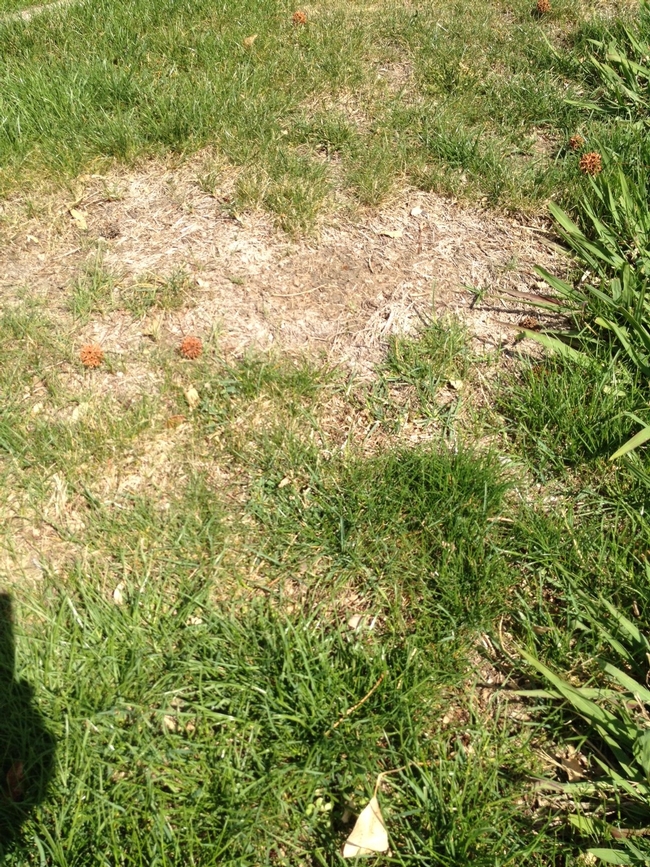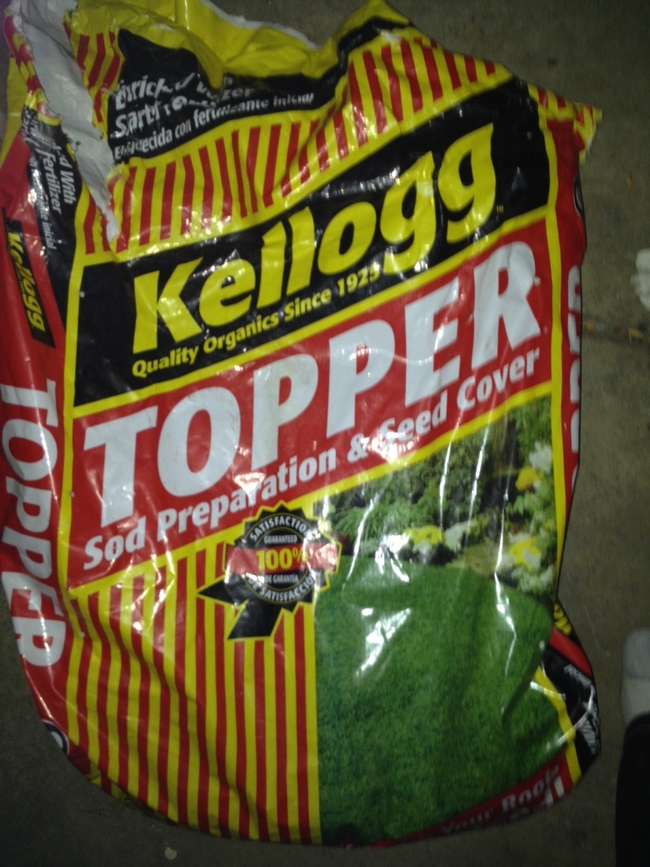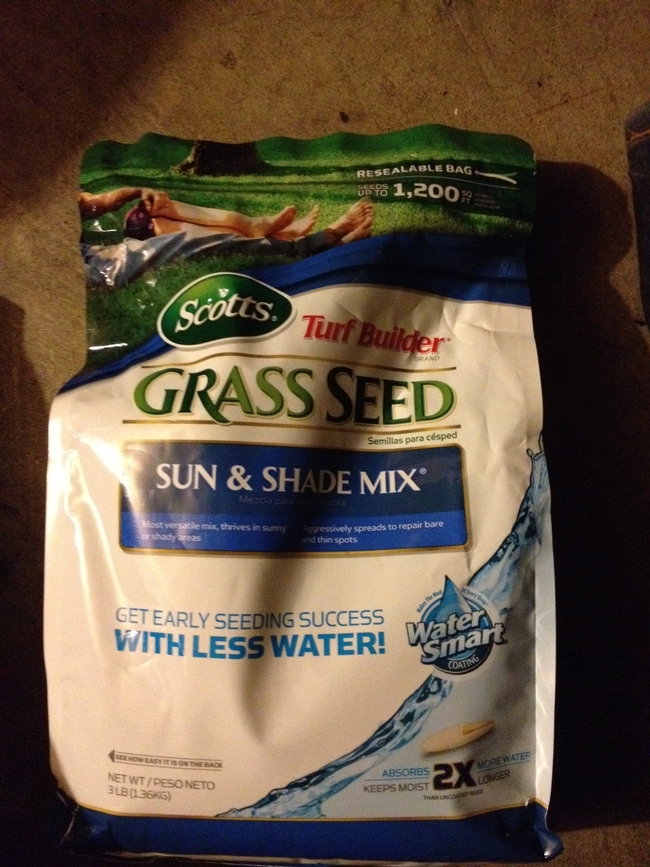March is a great time to rehabilitate your lawn by filling in bare patches with seed. The spring season offers temperatures moderate enough to foster new growth through germination of turf seeds, but it remains cool enough not to stress new grass once it begins growing and allows it time to mature and take root.
The issues to consider before you start your lawn rehabilitation job are to note the type of turf that already exists in your space so that you can get a matching blend, the amount of sun and shade the particular area might get, and the amount of water the area gets so that you get the proper seeds for your needs The materials you will want to have for the tasks are a rake, a shovel, a bag or two of topsoil made from organic matter, high quality turf seed, starter fertilizer, and a hand-watering container.
The first order of business is to isolate the area you are working on from any pets or foot traffic because turf seeds and seedlings are delicate and will be ruined by even light trampling. Secondly, you want to clear the area of any old dead turf or other dead or dying matter covering the ground you are going to work on. Once the area is cleared up and ready, you will want to dig down about 4 to 6 inches and till the soil until it is soft and workable and all of the large clods have been broken up. You will rake the area so that the ground is even with the other areas where grass is already growing and all of the dirt is uniform in size and texture and elevation. Next, generously spread the turf seed in the area you have prepared making sure to slightly overspread seed on the edges as evenly as possible. Finally, you will cover the seed with about an inch of topsoil which will thin out once you add water. You should not be able to see any seeds through the topsoil; at the same time you are not trying to bury the seeds any deeper than just under the surface of the soil. Once all of the topsoil has been uniformly applied and the seeds are completely covered you will very gently water the area trying to apply the watering as delicately as possible to prevent erosion of the work you just did.
You will want to inspect the area twice a day for 2 weeks to make sure that the seeds continue to maintain minimal moisture content. You want to keep the topsoil slightly moist constantly until you notice baby turf emerging. Once the new grass begins to grow you will want to scale the watering back to allow the new turf to establish its roots. A watering balance is needed at this point, you want to water thoroughly and then allow the grass to dry out almost completely before the next application of water. A starter fertilizer should be applied at this time also to encourage mature rooting and growth. You will want to closely consult the directions on the seed packaging to check for varying details. (NOTE: the Master Gardener program does not endorse the Kellogg's or Scott's products, these photos are for demonstration purposes only)
Attached Images:

Turf that needs rehab. (photos by Ed Walbolt)

Top soil bag.

Seed bag.